We tend to carry a lot of tension in many of our muscles, but many of us are more aware of our neck and shoulders. Feel your neck and shoulders now, are they tense? Look in the mirror, and see if your shoulders are elevated. Notice if your collar bones are angled up at a diagnal to your shoulder. Let your neck and shoulders relax. Take a breath in, and on your exhale allow the shoulders to relax and come back down.
In order to check the tension in the legs, we need to have a straight leg. When I teach this in my classes many people get confused because they have been told, “don’t lock your knees!” The leg isn’t locked if it is straight. It is “locked” when the quad muscles are contracted.
| | |

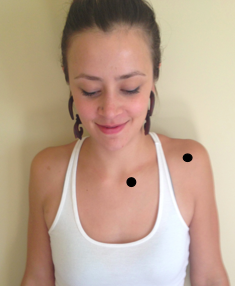
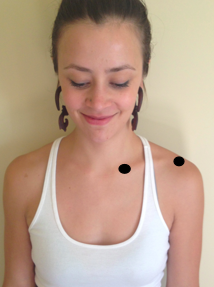
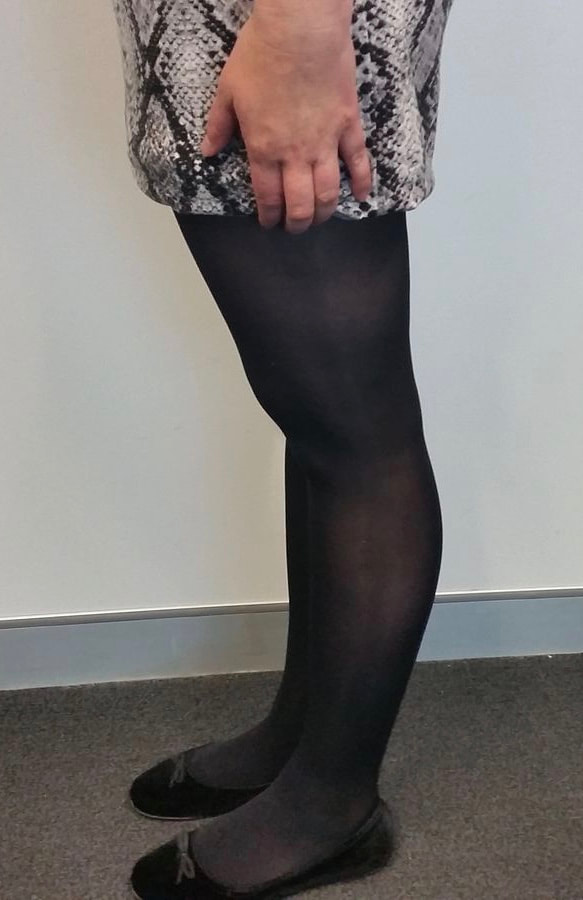
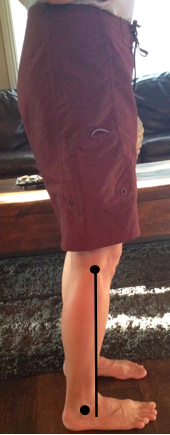
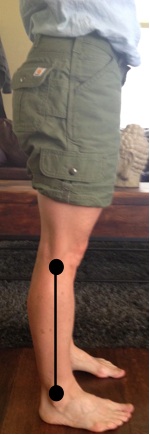






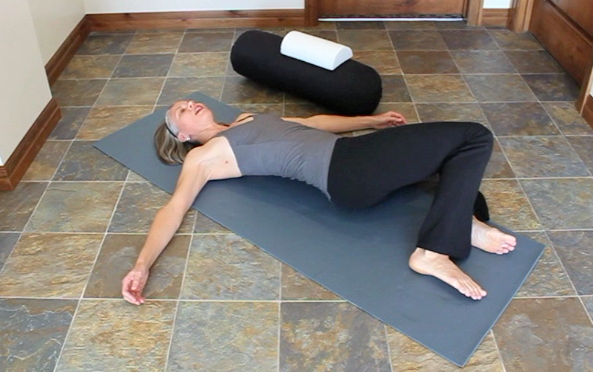
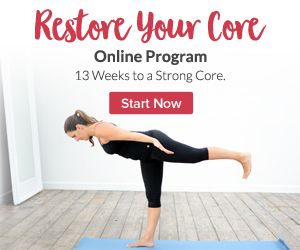
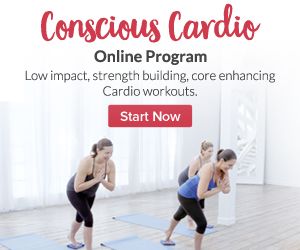
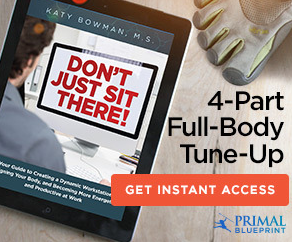
 RSS Feed
RSS Feed